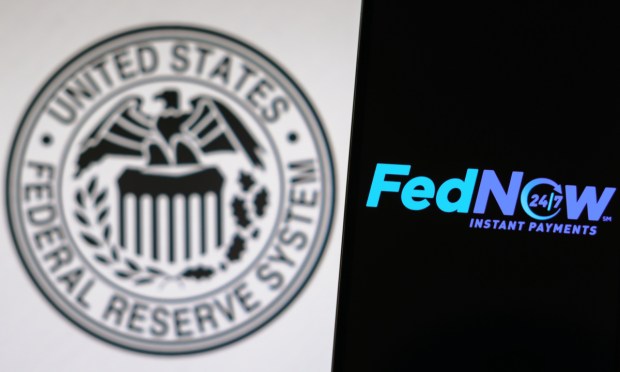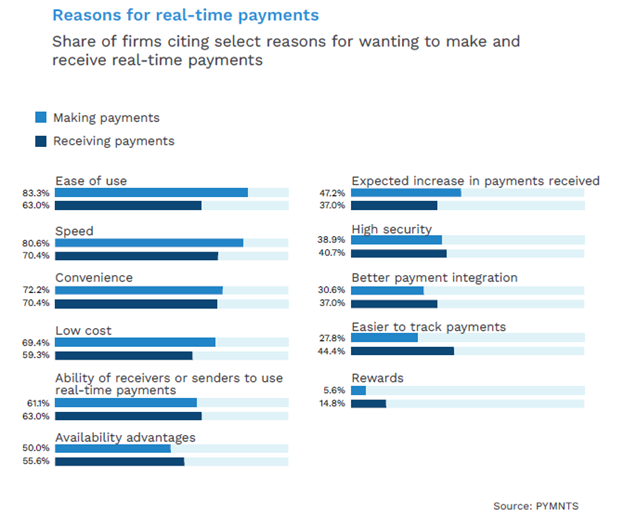40% of Firms See Security, Not Just Speed, as Real-Time Payments Plus

The demand for real-time payments is soaring, with The Clearing House’s RTP® network, the flagship real-time payment system in the United States, now serving 65% of all demand deposit accounts in the country. Experts predict that the transaction volume for real-time payments in the U.S. will reach a staggering 8.9 billion by 2026, a huge increase from 1.8 billion last year.
The introduction of the FedNow® Service, backed by the U.S. Federal Reserve, has the potential to shake up the payments scene in the U.S. and is expected to bring healthy competition to the real-time payments industry. Since its launch in 2017, the RTP network has dominated the industry.
However, FedNow is raising awareness about real-time payments in the U.S. and is likely to attract banks and credit unions. Financial institutions will have the choice to stick with the RTP network, join the FedNow Service, or use both systems simultaneously, providing more options for consumers.
As noted in “Comparing and Contrasting FedNow and the RTP® Network,” a report by PYMNTS Intelligence and TCH, 100% of “treasurers who use real-time rails say that access instant payments have improved their companies’ payment processes, and the launch of FedNow will give them even more options for these payments.”
While real-time payments have emerged as a popular choice due to their convenience, speed and low-cost nature, another key benefit is the elimination of payment fraud. Traditional payment methods are highly vulnerable to fraudsters, with a staggering 63% of organizations falling victim to check fraud.
Real-time payment rails offer a solution to this problem, providing a higher level of security against scammers. Consequently, many companies have adopted real-time payment methods, with 62% of middle-market companies leveraging this secure option. For real estate firms wanting to make and receive payments, high security is also a key consideration, cited by about 40% of firms.
Additionally, the ability to track payments is also a crucial factor that both senders and receivers consider when opting for this payment method. According to findings detailed in the report, about 28% of firms making payments and nearly 45% of those receiving payments cite ease of tracking payments for wanting to use real-time payments.
The large discrepancy, as the report explained, “is likely because receiving companies are more interested in knowing the entire journey of their incoming payment, whereas senders tend to be less concerned about a payment once it leaves the account.”
Among firms receiving payments, 37% of firms also cite better payment integration for their choice of real-time payments while about 30% of those making payments said the same.
In the meantime, batch payments still have a promising future despite the popularity of real-time payments. Many companies continue to prefer batch payments, and the volume of payment transactions processed through batch schemes still exceeds those facilitated by faster payment schemes. However, it is essential for businesses to catch up with real-time payments to avoid losing customers to competitors.
In conclusion, the popularity of real-time payments stems from their ease and speed, but other benefits such as the fraud prevention and the ability to track payments is also a crucial consideration. The launch of the FedNow platform, alongside the dominance of the RTP network in the U.S., has brought healthy competition to the real-time payments industry, providing consumers with more options.


